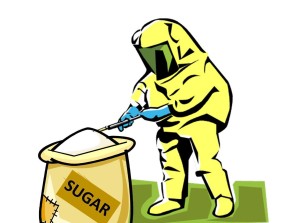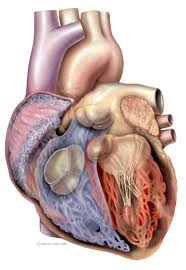Vitamin D: A Study On How It Prevents Breast Cancer
It has been said that optimizing one’s vitamin D levels can prevent up to sixteen different types of cancer from growing and developing. Doctors Clinic’s doctors in Houston have already made explicit the degree to which cancers that affect organs such as the pancrease, ovaries, testicles, and skin begin to vitiate when vitamin D doses are greatly increased. Just recently, the professionals at Doctors Clinic have noticed that patients with breast cancer start feeling stronger and healthier when they take in over 5,000 IUs of vitamin D.
Vitamin D Decreases Risk of Cancer by Over Seventy Percent
Prevention is always preferable to treatment. And when it comes to cancer, things are absolutely no different. Certainly, a great many cancer survivors are alive and kicking in the world thanks to treatment methods such as chemotherapy and even Simpson oil; though no doctor recommends that you totally rely on even the most cutting-edge treatment methodologies. None of them are fail-safe, and for this reason, it is best to focus on prevention rather than cure. A study in 2007 has shown that just raising one’s serum levels to forty ng/ml is enough to obviate the most acute forms of cancer – and breast cancer in particular.
What is most surprising of all, even to some of the most seasoned health and nutrition professionals around, is that raising one’s serum levels to forty ng/ml is not that difficult at all. It takes relatively little effort to get to said level, and fortunately, for women, it can be enough to keep breast canncer away. Regarding this particular 2007 study, there was a seventy-five percent reduction of incidence of cancers after only 5 years – a remarkable feat and one that ought to be celebrated all across the globe.
Vitamin D Destroys Breast Cancer Cells
The illustrious Dr. Ced Garland – the man around town at UCSD, who has remained among the most esteemed professors at the university’s cancner center – has made a connection between Vitamin D definiciency and the development of cancer. Mr. Ced says that in practically every single case for patients with breast cancer, there is a lack of vitamin D, which affects the structure of the all important epithelial cells. Essentially, these particular cells stick to one another by a sticky substance known as E-cadherin. E-cadherin provides structure to the cell. And we all know that withotu structure, nothing can be sustenable for any great length of time – whether we’re talking about man-made structures like buildings and skyscrapers or biological and natural phenomena at the cellular level. E-cadherin is mostly composed of vitamin D and calcium.
Without adequate vitamin D, that particular structure begins to call apart, and those cells do what they are programmed to do in order to survive – multiply. If this growth process spirals out of control, what results is cancer.
Daily Doses
Houston doctors recommend a daily dose of 8,000 IUs of vitamin D3 per day. It is important to stress that we are talking about D3, and not just vitamin D. Taking vitamin D3 is much safer than the synthetic D2 version, and going over the recommended dose of D3 per day doesn’t do as much harm as doing so with D2. The only thing to keep in mind is that it is important to also increase one’s intake of vitamin K2. Without vitamin K2, vitamin D can calcify, resulting in clogged arteries. Overall, though, it is an imperative to get one’s vitamin D levels checked. Doctors Clinic Houston offers extensive vitamin deficiency testing. A minor investment of time in choosing to get one’s blood taken and tested can go a long way toward understanding what the body is lacking and what it needs in order to optimize health.



